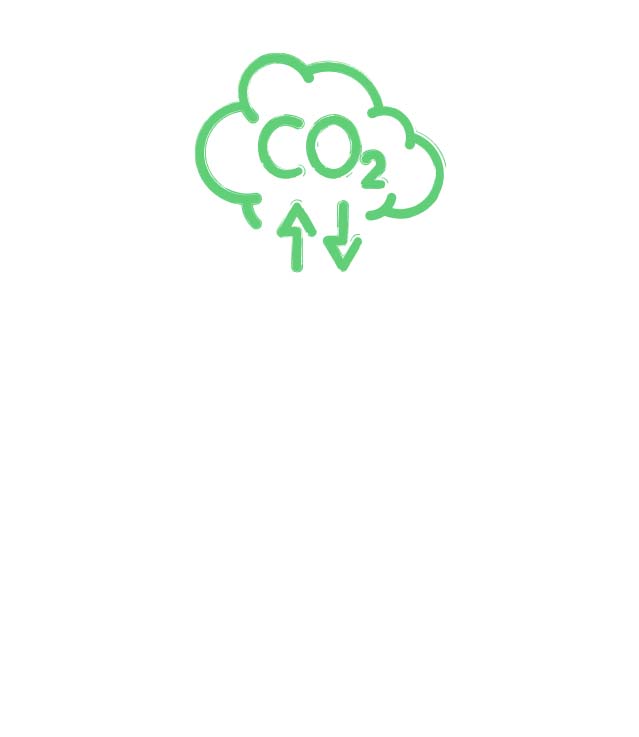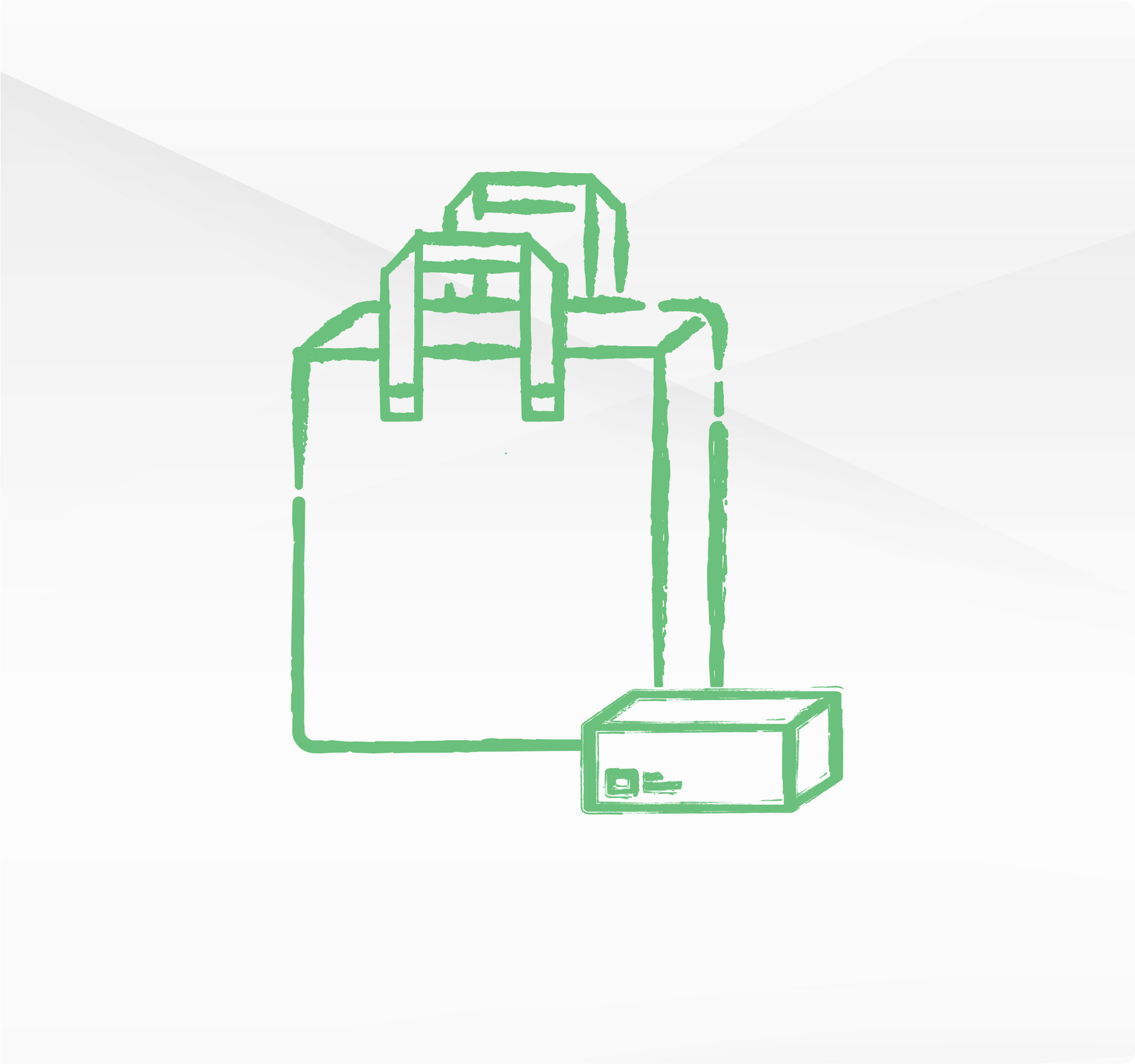

Tech
that protects
our planet
Trust us, we're down to earth.
Eco-friendly
across the board
From product design to packaging, no detail goes unnoticed.
-
![HUAWEI Eco-Friendly Materials]() Eco-friendly materialsSafe materialsState-of-the-art testing capabilitiesRenewable materialsEco-friendly plasticsSince 2016, we have worked diligently to minimise the use of hazardous substances in our products, and have always stringently complied with all laws and regulations regarding consumer safety and environmental protection. Beginning in 2020, we have banned suppliers of LCD glass and glass rear covers from using arsenic during the manufacturing process, to better protect the health of consumers and health of our planet.Our 500-square-meter environmental protection lab is chock full of cutting-edge equipment, encompassing chromatography, spectrum, and mass spectrometry, and has been certified by the China National Accreditation Service for Conformity Assessment (CNAS).By using premium, eco-friendly renewable materials, and reducing our dependence on direct mineral sources, we are doing our part to protect the environment and promote a robust circular economy. Ten different types of renewable materials, including paper, gold, aluminum, cobalt, and tin, are currently being used to make our products, and we are working with suppliers to expand the list of renewable materials.We have used bioplastics in phone manufacturing since 2013, substantially mitigating the environmental harm associated with the manufacture of traditional petroleum-based plastics. Over 30% of the bioplastics that we use come from castor oil, which reduces carbon dioxide emissions by 62.6% when compared with traditional plastics.
Eco-friendly materialsSafe materialsState-of-the-art testing capabilitiesRenewable materialsEco-friendly plasticsSince 2016, we have worked diligently to minimise the use of hazardous substances in our products, and have always stringently complied with all laws and regulations regarding consumer safety and environmental protection. Beginning in 2020, we have banned suppliers of LCD glass and glass rear covers from using arsenic during the manufacturing process, to better protect the health of consumers and health of our planet.Our 500-square-meter environmental protection lab is chock full of cutting-edge equipment, encompassing chromatography, spectrum, and mass spectrometry, and has been certified by the China National Accreditation Service for Conformity Assessment (CNAS).By using premium, eco-friendly renewable materials, and reducing our dependence on direct mineral sources, we are doing our part to protect the environment and promote a robust circular economy. Ten different types of renewable materials, including paper, gold, aluminum, cobalt, and tin, are currently being used to make our products, and we are working with suppliers to expand the list of renewable materials.We have used bioplastics in phone manufacturing since 2013, substantially mitigating the environmental harm associated with the manufacture of traditional petroleum-based plastics. Over 30% of the bioplastics that we use come from castor oil, which reduces carbon dioxide emissions by 62.6% when compared with traditional plastics. -
![HUAWEI Green Packaging]() Green packagingLess wrapping plasticsLighter packagingStreamlined manualsEco-friendly packagingWe have stepped up our efforts to reduce plastic packaging since 2021, especially in the use of plastics that serve no obvious purpose for users. For example, the surface of packaging boxes is usually covered with a layer of plastic film to protect the text and designs on them from being scratched. This layer of plastic has been replaced with a layer of special aqueous oil, which alone is expected to reduce the use of disposable packaging plastics by 46.3 metric tons for every 10 million phones.Since 2021, we have applied optimised designs and assembly techniques to ensure that the packaging of consumer products, including phones, tablets, earphones, PCs, and wearables is as light and as possible. We plan to develop lighter materials and even more environmental-friendly processes in the near future, for the full range of Huawei products.In recent years we have streamlined the user manuals for Huawei products, including phones, tablets, PCs, wearables, and IoT products, to reduce paper consumption without compromising users' legal rights and interests or convenience. As of the end of 2021, the number of pages in user manuals had been reduced by 80% on average, saving 1226 metric tons of paper and eliminating over 34,000 metric tons of carbon emissions in the process.We use recycled paper and paper materials from Forest Stewardship Council (FSC) certified forests, which uphold rigorous sustainable development standards. Our latest eco-friendly materials have been certified as compostable by DIN CERTCO, meaning that they are biodegradable as part of industrial composting. Huawei uses 100% degradable environmental-friendly soy ink in place of petroleum inks, which spruces up the printing, while also ensuring that the packaging is safer and more eco-friendly.
Green packagingLess wrapping plasticsLighter packagingStreamlined manualsEco-friendly packagingWe have stepped up our efforts to reduce plastic packaging since 2021, especially in the use of plastics that serve no obvious purpose for users. For example, the surface of packaging boxes is usually covered with a layer of plastic film to protect the text and designs on them from being scratched. This layer of plastic has been replaced with a layer of special aqueous oil, which alone is expected to reduce the use of disposable packaging plastics by 46.3 metric tons for every 10 million phones.Since 2021, we have applied optimised designs and assembly techniques to ensure that the packaging of consumer products, including phones, tablets, earphones, PCs, and wearables is as light and as possible. We plan to develop lighter materials and even more environmental-friendly processes in the near future, for the full range of Huawei products.In recent years we have streamlined the user manuals for Huawei products, including phones, tablets, PCs, wearables, and IoT products, to reduce paper consumption without compromising users' legal rights and interests or convenience. As of the end of 2021, the number of pages in user manuals had been reduced by 80% on average, saving 1226 metric tons of paper and eliminating over 34,000 metric tons of carbon emissions in the process.We use recycled paper and paper materials from Forest Stewardship Council (FSC) certified forests, which uphold rigorous sustainable development standards. Our latest eco-friendly materials have been certified as compostable by DIN CERTCO, meaning that they are biodegradable as part of industrial composting. Huawei uses 100% degradable environmental-friendly soy ink in place of petroleum inks, which spruces up the printing, while also ensuring that the packaging is safer and more eco-friendly. -
![HUAWEI Durable Products]() Durable productsBuilt for the long haulEasy to updateEasy to maintainWe believe that one of the most effective ways to help protect natural resources is by manufacturing durable and quality products that stand the test of time. We conduct strict durability tests on our products before delivery, and extend their lifetime with regular system updates and accessible and affordable repair services. These efforts make consumers full partners in the circular economy.We offer regular and convenient system updates to ensure that our products continue to run smoothly well into the future. On June 2, 2021, Huawei released HarmonyOS 2, which provides a shared language to facilitate the flow of smart and connected features between different devices. HarmonyOS 2 offers an all-new interface, with unprecedented smart, versatile, and secure features. As of the end of 2021, HarmonyOS had already been installed on over 220 million devices, making it the fastest-growing device OS in the world.Our global services offer convenient, reliable, and affordable repair plans, and are assisted by high-level repair centers, which deal with more challenging repairs. We employ a highly skilled team of technicians, who work quickly to address any device-related issues, and help extend the lifespans of our products.
Durable productsBuilt for the long haulEasy to updateEasy to maintainWe believe that one of the most effective ways to help protect natural resources is by manufacturing durable and quality products that stand the test of time. We conduct strict durability tests on our products before delivery, and extend their lifetime with regular system updates and accessible and affordable repair services. These efforts make consumers full partners in the circular economy.We offer regular and convenient system updates to ensure that our products continue to run smoothly well into the future. On June 2, 2021, Huawei released HarmonyOS 2, which provides a shared language to facilitate the flow of smart and connected features between different devices. HarmonyOS 2 offers an all-new interface, with unprecedented smart, versatile, and secure features. As of the end of 2021, HarmonyOS had already been installed on over 220 million devices, making it the fastest-growing device OS in the world.Our global services offer convenient, reliable, and affordable repair plans, and are assisted by high-level repair centers, which deal with more challenging repairs. We employ a highly skilled team of technicians, who work quickly to address any device-related issues, and help extend the lifespans of our products.
Eco-friendly
production for lighter environmental footprints
Sparing no effort to spare the planet




Recycle and reuse
and reuse to make the most of resources
Protecting the planet, one durable product at a time



Reducing our carbon footprint
We strive to minimise our environmental impact during all daily operations by building and maintaining green campuses.
We have prioritised the use of renewable and clean energy sources, and applied technical and administrative measures to reduce energy consumption as well. With regard to hazardous waste disposal and other environmental issues, we operate in full compliance of all laws and regulations, and are never content with doing the bare minimum. We run low-carbon campuses that generate less waste, consume less energy, and are thus cheaper to maintain. In 2021 alone, 311.87 million kWh of the power used by Huawei campuses was generated from renewable energy(such as hydropower, wind power, and solar energy).
Less carbon across the supply chain
In 2021, we encouraged our top 100 suppliers as well as other energy-intensive suppliers to collect data on their carbon emissions and implement action plans to reduce their carbon footprints. By the end of the year, all such suppliers had collected this data, and 98% had started to meet their emissions reduction goals. Our efforts will not cease until this figure reaches 100%.
Four Huawei CBG suppliers were recognised at the Supplier Carbon Emission Reduction Conference in May 2022, winning the Excellence Award for their contributions to reducing emissions. At the conference, Huawei proposed new carbon emission reduction objectives and requirements for suppliers, and encouraged suppliers to proactively address climate-related challenges. In 2021, the intensity of carbon emissions among suppliers decreased by 2.0% compared with 2020.
Green warehousing
We have optimised warehouse layouts and carefully selected warehouse locations to cut down on the distance that products need to be transported. By seamlessly connecting logistics platforms with vehicles, we have slashed warehouse energy consumption as well.
In order to streamline packaging and reduce fillers, we carefully select only appropriately-sized packaging boxes, and have forgone the use of customised packaging seals, initiatives that have enabled us to slash paper usage by 5% year-on-year.
Our warehouses are also more space-efficient and energy-efficient than ever, thanks to optimised stacking and the use of automated equipment, which eliminates the need for lighting in certain areas.
We recycle customised turnover containers to reduce carton consumption, and reuse packaging materials in order to reduce our dependence on new packaging materials.
In 2021 and 2022, we optimised the design of e-commerce packaging, which boosted the packaging compactness from 28% to 43%, estimated to save over 400 annual metric tons of packaging materials.
Green logistics
We have long been committed to reducing the carbon footprint of our products by applying green logistics solutions, including by partnering with select logistics carriers, using specific forms of transport, carefully considering shipment strategies and paths, and performing transport fulfilment management.
For example, since September 2020, we have started to optimise the packaging for products shipped from China to Europe, Middle East & Africa, etc., by using no pallet wrappers. Each of such paper wrappers is up to 8 kg in weight. This measure alone is expected to reduce carbon emissions by 500,000 metric tons each year.
My Poplar Forest



